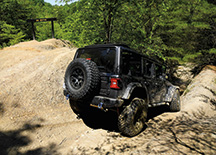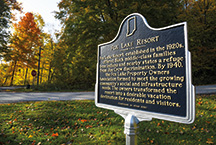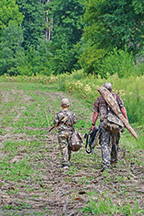About Outdoor Indiana
Outdoor Indiana, the state's premier magazine, delivers the wonders of the Hoosier outdoors to subscribers' homes and offices six times a year in 48 pages of vibrant color. For the best of state parks, lakes, wildlife, forests, trails, hunting, fishing, wildflowers and outdoorsy people, plus inside information from DNR experts, subscribe for $15 per year or $28 for two years. Follow the magazine staff on Facebook.

Cottages on Fox Lake, once a Green-Book destination in Steuben County and now on the National Register of Historic Places.
Photo by Brent Drinkut.
Featured Stories
Reader Photos
Each issue, Outdoor Indiana staff will select reader submitted photos to feature in the magazine. If you would like the chance to be featured, please submit your photo, along with your name and phone number to:
Please, only submit original photography that you have taken. Do not send files over 9 MB in size. JPG format is preferred.
Subscribe to Outdoor Indiana magazine
Visit the Indiana State Parks online store to subscribe. Cost is $15 for a one year subscription (6 issues) or $28 for two years (12 issues).
Donate
Printing and distribution costs for Outdoor Indiana magazine have increased. One way we’re offsetting these costs is through the Friends of Outdoor Indiana Group administered through the Indiana Natural Resources Foundation. Donations to our friends group helps keep our subscription price low and ensures we’ll be around to bring you the best of Indiana’s outdoors for years to come. Donate at the INRF website and include “Friends of Outdoor Indiana” in the “In Honor Of/In Memory Of” line.
Outdoor Indiana
402 W. Washington St., W255-B
Indianapolis, IN 46204
317-233-3046
OIorders@dnr.IN.gov






